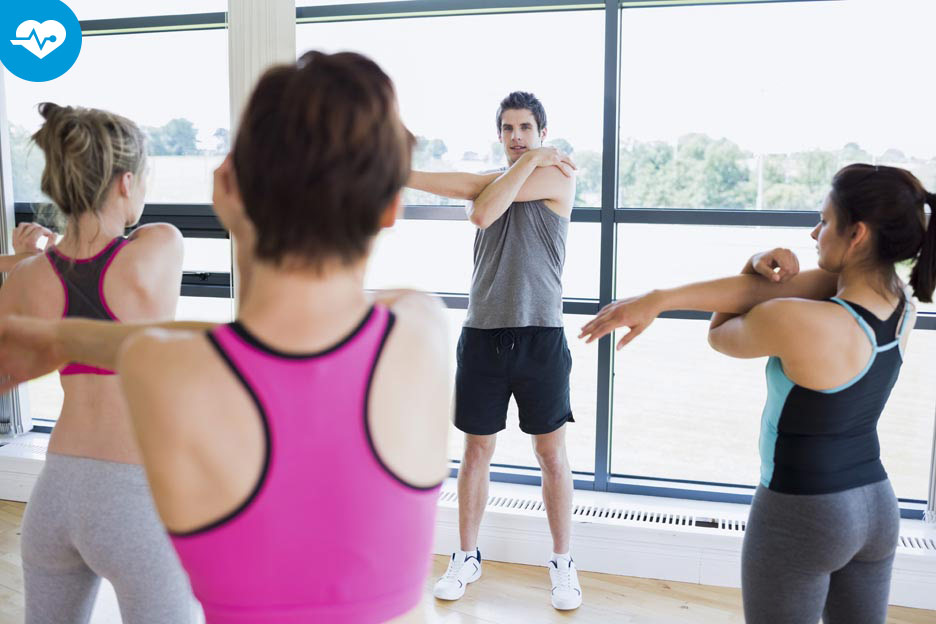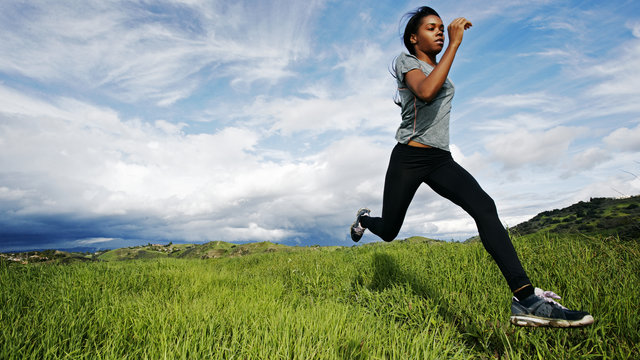If you have aches and pains, if you jog or play any sport, if you sit at a desk for hours at a time, if you dance or swim, or if you drive in rush hour traffic — stretching is essential to keep your muscles healthy. There are many strategies for stretching: to wake up in the morning, as a cool down after exercise, or between weightlifting sets. However you fit stretching into your regular health care routine, you’ll get better results by following the ABCs.
A – Always pay attention when stretching to avoid injury. You are more likely to pull or tear a muscle if your awareness is somewhere other than the body part being stretched. In other words, watching TV is not a good complement to stretching.
B – Before you stretch, warm up with a minimum of five minutes of walking or other whole-body exercise; 15 minutes or more is even better. Stretching cold muscles can cause the surrounding connective tissue to tear.
C – Consider painful stretches a sign that you’re not warmed up enough, are pushing too hard, or need some coaching about proper stretching form. Stretching might not feel great, but pain is a certain indicator of internal injury.
D – Deep breathing helps. A strong inhale will energize the muscles and a protracted exhale will assist the muscles and connective tissue to let go.
E – Ease into and out of the stretch several times before holding it. This softens the connective tissue around the muscles and gets them ready to lengthen.
F – Find your “stretch point,” where the amount of pull on the muscle is just enough for it to let go. If the muscle tightens or is painful, you have gone beyond the stretch point. The stretch point is always less than your maximum.
G – Gentle stretching is the most effective. The purpose of stretching is to get the muscles and connective tissue to glide against each other. Don’t bounce or make jerky movements, which can create micro-tears in the muscles or tendons. Smooth movements are more helpful.
H – Hold the stretch until you feel it release. If you’re at the stretch point, this will happen in 30 seconds or less. If you get a release each time you stretch, your muscles will get more flexible, even if the stretch isn’t as far as you can or think you should go.
I – Invent your own stretches. When you are creative, you’ll find new muscle fibers that benefit from your attention. Adding a bit of playfulness to stretching will tailor the exercise to exactly what you need.
Regular stretching, when done properly, will keep your muscles and connective tissue in optimal condition and that increases the effectiveness of all other exercise. Stretching can also be the cause of injury, so follow the ABCs to gain the most benefit.




